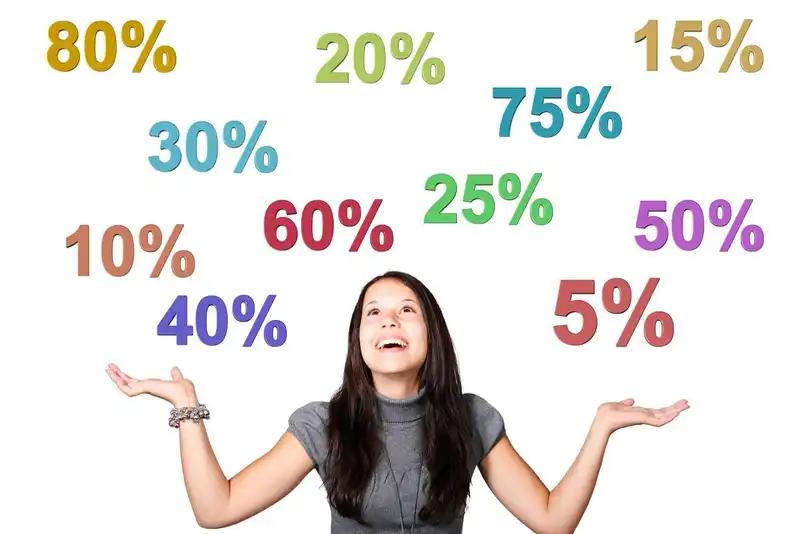The Impact of Price Sensitivity

What is Price Sensitivity?

Price sensitivity measures the how price points impact is a measure of the impact of price points on consumer behavior. Sensitivity price dictates a percentage of sales that will be influenced by a particular price point in relation to higher price or lower price.
Doing a price sensitivity analysis will help create a case study on price sensitivity customers and help understand price and consumer behavior for the long term. This creates a price sensitivity meter that develops better pricing strategies to maximize revenue at fixed and variable rates.
Why it's Important?
Price sensitivity helps figure the perceived value of a product based on consumer behavior. It's an economic factor that produces quantifiable metrics which can be used for decision making when creating price changes.
Without understanding the price sensitivity of a product, there is no cumulative data representing the customer behavior in relation to perceived value of that product.
How to Measure Price Sensitivity?
Having quantifiable data that represents a thorough understanding of the target market will be the key to measuring the success of price sensitivity. Consumer behavior will dictate a buyer persona that reflects the perceived value of a product and how much they are willing to pay for that product. In essence, the price sensitivity point.
A higher price threshold for one person might be too much to pay for another. To measure price sensitivity effectively the market segments will need to be analyzed separately to produce accurate and useable data.
Once all the data is in, it will help navigate a price increase on sales volume by highlighting the price sensitivity of the target market and buyer personas. With this information it makes it easier to introduce an optimal price point.
Four Factors That Influence Price Sensitivity

A customer's price sensitivity reflects their spending pattern within a business. Often, price sensitivity will be measured by price elasticity of demand. In other words, how a percentage price change factors affect on decision making by the customers which ultimately impacts quantity demanded.
When an optimal price point is found it will almost ensure that customers don't become price sensitive and will create consistent consumer demand.
Four factors which can determine price sensitivity and how to optimize them for best results-
1. Reference Price
Comparison shopping is consistent when customers are seeking the best deal. Evaluating alternative products is how reference prices are managed. The reference price is the perceived value the customer uses to decide whether to purchase an alternative or substitute product.
The general theory is that all prices are considered reference prices. Within the pricing structure for certain products comes a benchmark that other prices springboard from. However, consumers are often influenced by only a few price comparisons.
When there is a wide difference between the price point a customer uses for reference and the higher price or lower price being offered within a business, that's when price sensitivity is triggered.
2. Ease of Comparison
Every product available is a substitute to another. Ease of comparison is how the response from customers is dictated. When a product is easy to compare to similar merchandise or services, the higher the price sensitivity is. Well-known brand names are often hard to compare to generalized versions because the consumer has been programmed through marketing to initiate value to the well-known brand.
Lesser known brands with comparable features to other products can be easily swapped out in a consumer's mind if they are similarly priced. This is where price sensitivity will play an important role in decision making for the consumer. Using social media marketing is one way to enhance the perceived value the consumer has on an individual brand.
3. Switching Cost
Switching cost becomes explicit in some cases like when SaaS-companies charge a fee for setting up their software even when you are switching providers.
In other situations the switching cost won't be as obvious. It is also not uncommon that the switch cost refers to something other than a monetary fee, for example a risk factor. An example would be switching brands of pet food and having the pet not eat it.
4. Fairness
More than one case study has shown that a a consumer's perception of fairness influences their price sensitivity. If various price discrimination practices are used to maximize profit the perception for the general public is unfairness. So, with these practices in mind, even a small price increase can skew the customer on a certain product. One way to remain fair is to be transparent with price changes.
Factors Influencing Price Sensitivity:
Conclusion to Price Sensitivity
- Price sensitivity often measures price elasticity of demand. This means some customers will look for lower-priced options to buy.
- Factors that influence pricing sensitivity include- fairness, switching cost, reference pricing and ease of comparison.